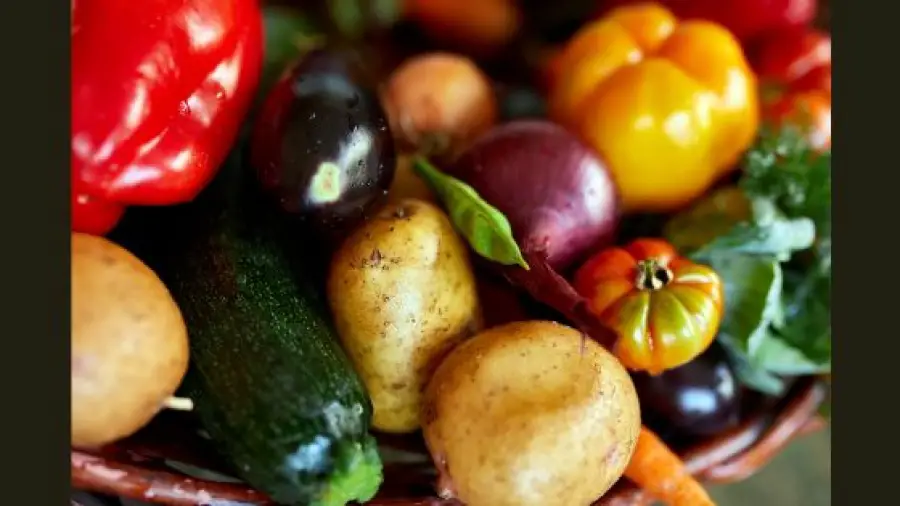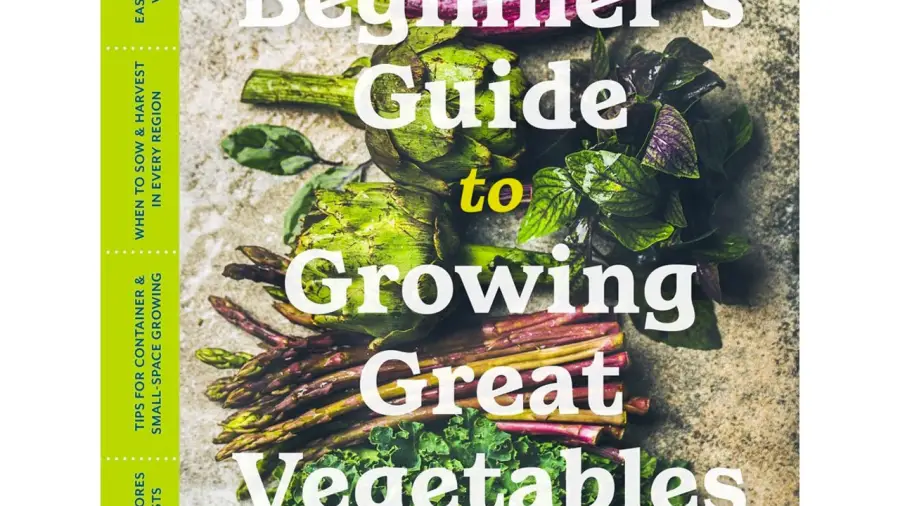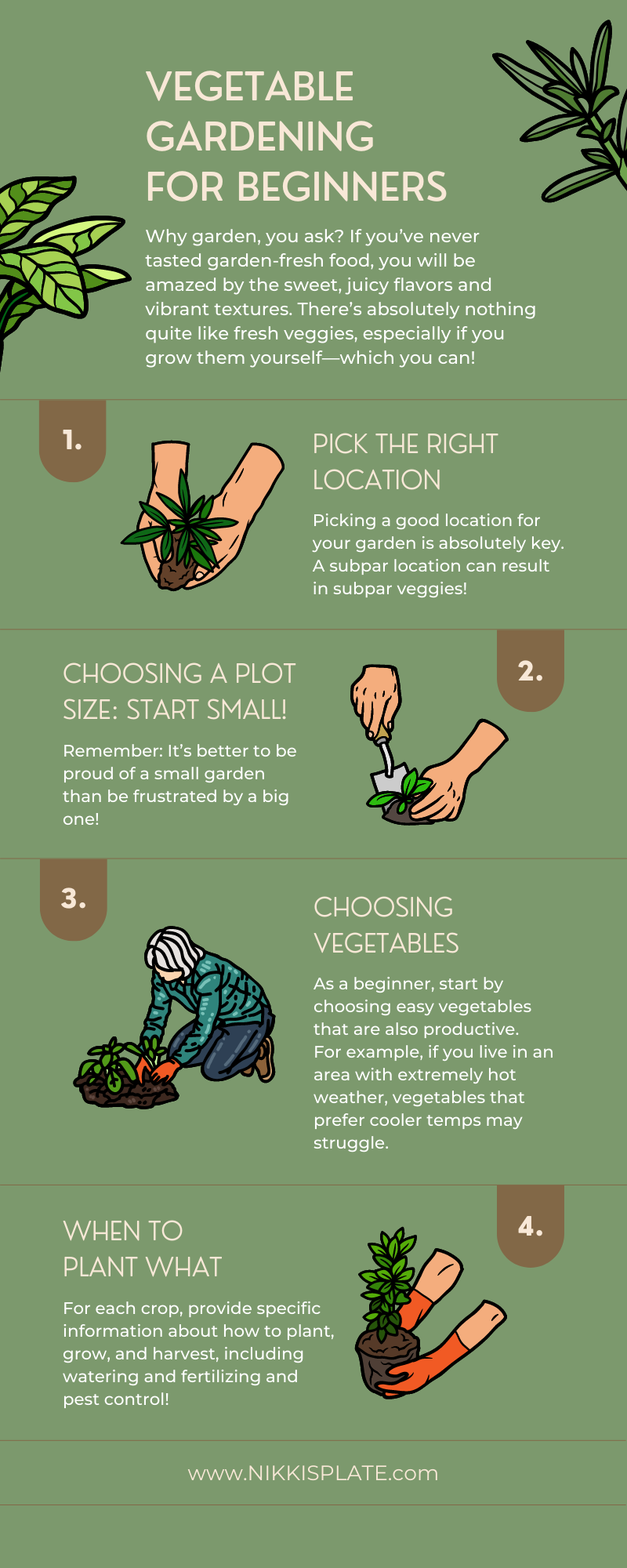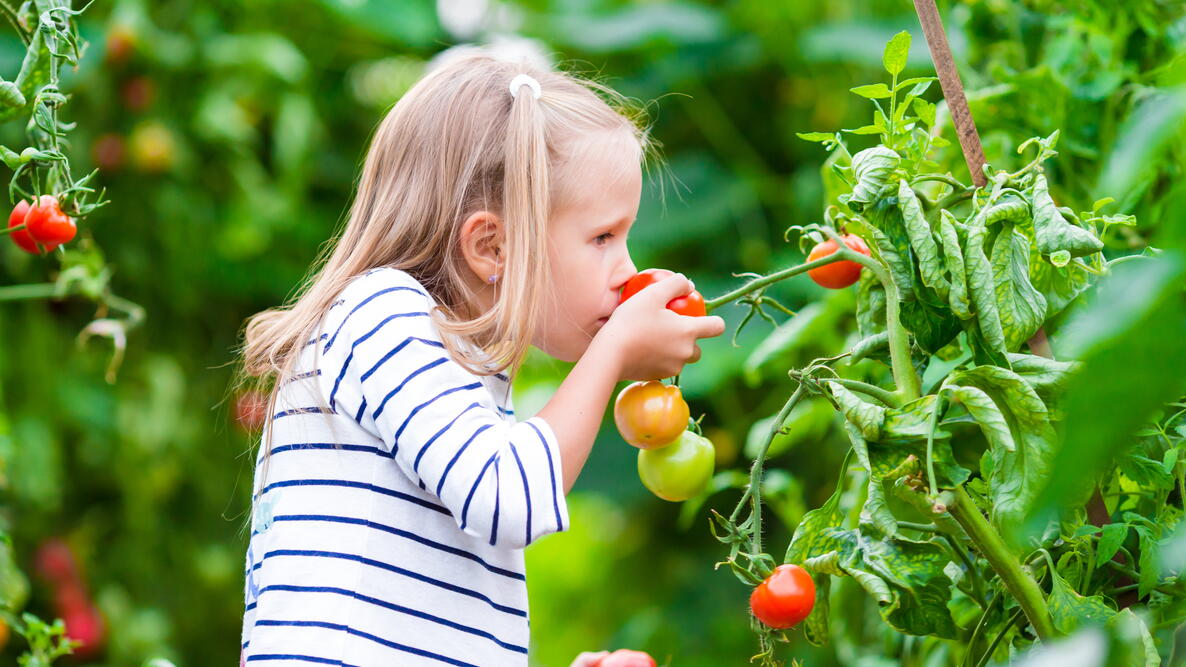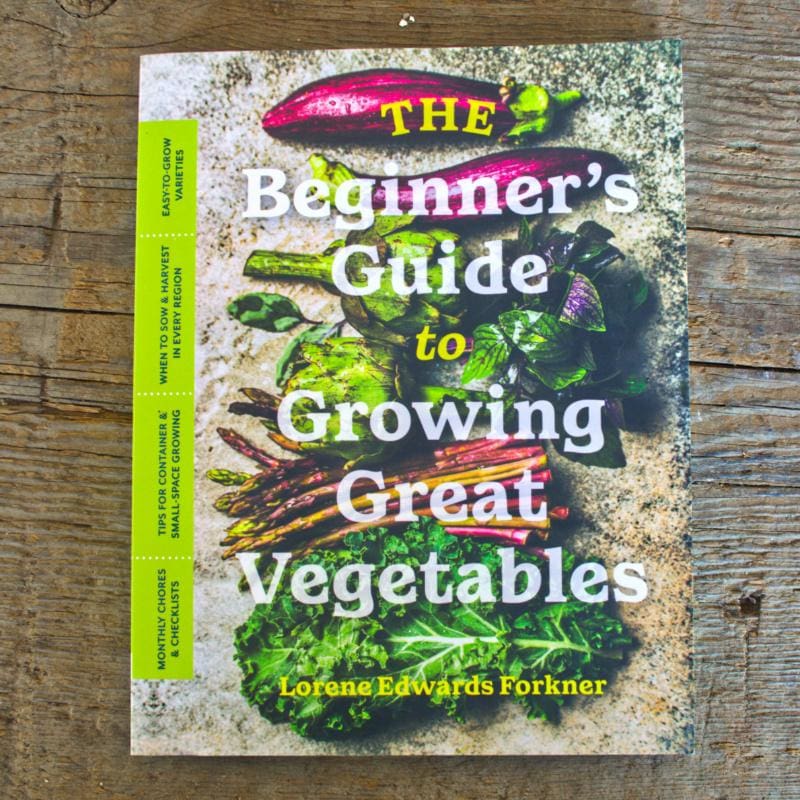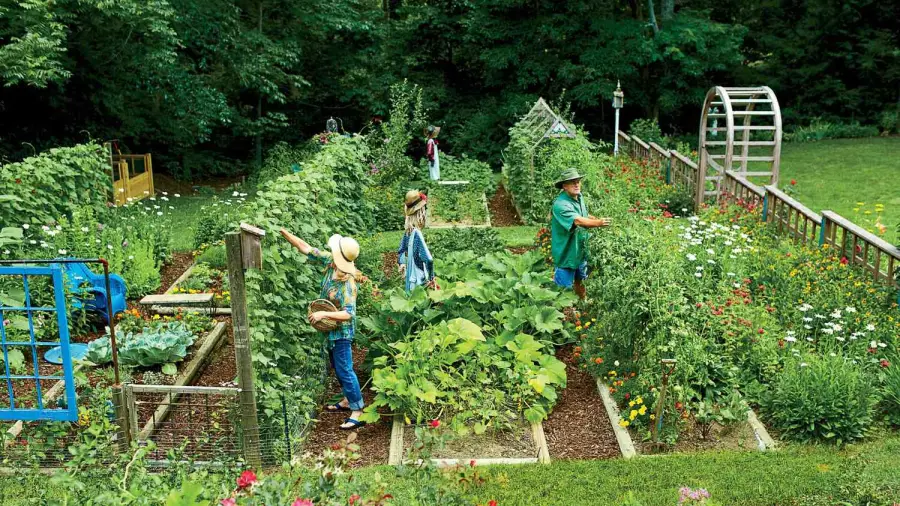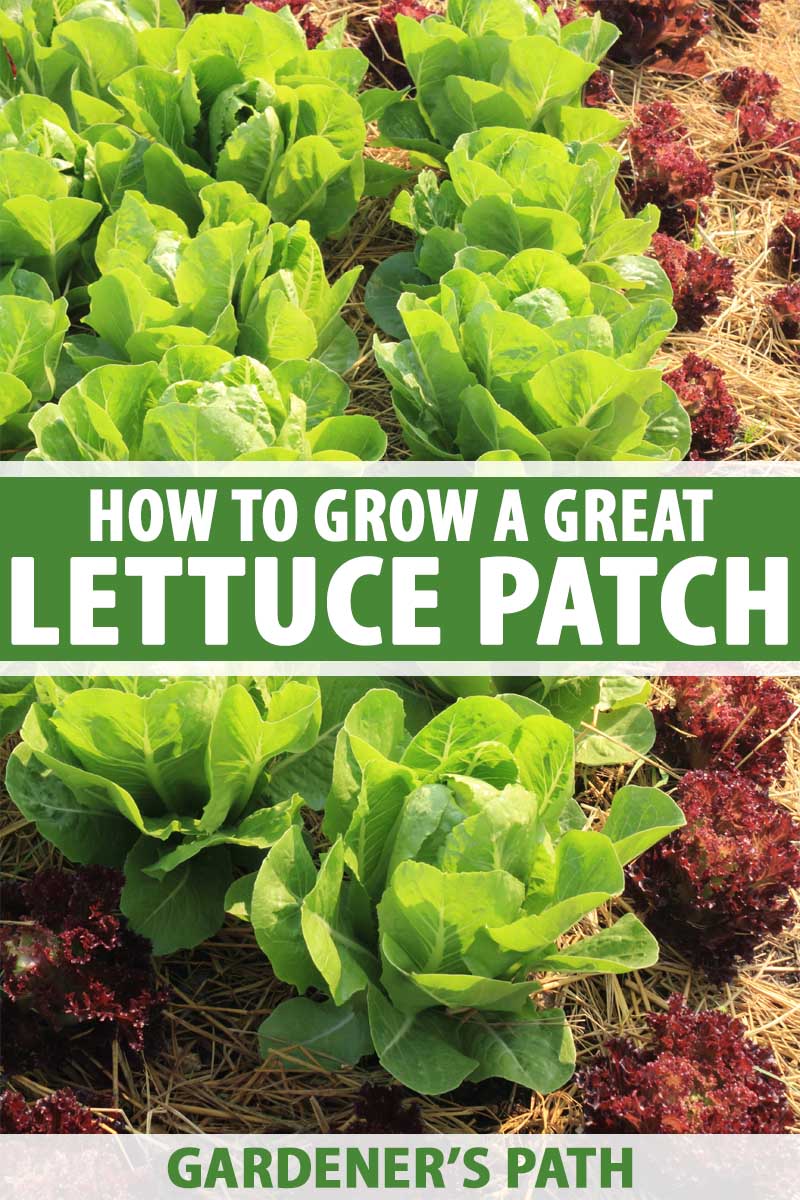Gardening vegetables at home can be a rewarding and sustainable way to enjoy fresh produce. It requires soil preparation, planting the right seeds, and consistent care.
Embarking on a vegetable gardening journey invites both nutrition and joy into your life. You’ll need sunlight, good drainage, and nutrient-rich soil to give your vegetable plants the best start. Choosing your plants wisely based on climate and space will ensure a thriving garden.
Frequent tending, watering, and learning about pest control are critical steps for success. Home vegetable gardening not only enhances your diet with organic, home-grown vegetables but also serves as an engaging outdoor activity that can reduce stress and promote a sense of accomplishment. Starting small with easy-to-grow veggies like lettuce, tomatoes, and cucumbers can lead to a bountiful harvest and possibly a lifelong passion for gardening.

Credit: www.amazon.com
Starting Your Vegetable Garden Right
Embarking on vegetable gardening brings joy and rewards aplenty. A productive vegetable garden starts with thorough planning and preparation. This guide aims to help gardeners of all skill levels create a thriving vegetable garden from the ground up.
Selecting Your Garden Location
Choosing the right spot is crucial for your vegetables’ growth. Here’s what to consider:
- Sunlight is key: Look for a spot that gets at least 6 hours of direct sunlight daily.
- Water access matters: Ensure your garden location is near a water source for easy watering.
- Wind protection: Protect your plants by avoiding spots that are too windy.
- Good drainage is essential: Raised beds or a gentle slope can help prevent waterlogged roots.
Choosing Soil For Success
Healthy soil equates to healthy plants. To set the stage for success:
| Soil Type | Characteristics | Benefits |
|---|---|---|
| Loamy | Rich, with a balance of clay, silt, and sand | Excellent drainage and nutrient retention |
| Sandy | Coarse texture with large particles | Drains quickly; easy to work with |
| Clay | Small particles; sticks together when wet | Holds nutrients well |
Test your soil’s pH level. Most vegetables thrive in soil with a pH between 6.0 and 7.0. Amend your soil with compost to improve its quality and fertility.

Credit: www.amazon.com
Planning Your Vegetable Bounty
Growing your food brings joy, flavor, and health to your table. Before seeds even hit the soil, a thoughtful plan can ensure a garden full of vibrant veggies. Lay the foundation for a flourishing vegetable garden with a well-designed plan that takes into account space, time, and resources.
Mapping Your Garden Beds
Visualizing your garden’s layout is key to a fruitful harvest. Make sure to outline your growing space effectively:
- Measure the dimensions of your garden area.
- Create a scale drawing to allocate space for each vegetable.
- Consider sunlight patterns and group plants with similar sun needs together.
- Leave pathways for access without disrupting your plants.
A well-mapped garden helps maximize yield and ease of access.
Companion Planting Strategies
Companion planting is about pairing plants that help each other grow. Beneficial companions can deter pests and improve soil health. Here’s how to plan your companions:
- Research plant relationships, focusing on those that benefit from being close.
- Plant leafy greens near root veggies—their growth cycles complement each other.
- Include flowers like marigolds to repel pests naturally.
Integrate companion planting for a healthier, more diverse garden ecosystem.
Best Vegetables For Beginners
Gardening can be a rewarding hobby, especially when you start with the right vegetables. If you’re new to gardening, choosing vegetables that are beginner-friendly helps ensure success. Start with easy-to-grow varieties that tolerate a range of conditions. Opt for fast-growing options so you can enjoy the fruits of your labor sooner. Both are great for boosting confidence and skills.
Easy-to-grow Varieties
Some vegetables are just simpler to grow than others. When starting out, you want to pick plants that don’t need too much babying. These easy growers have straightforward needs and are less prone to pests and diseases:
- Tomatoes – give them sun and water, and they will thrive.
- Peppers – enjoy a variety of colors and flavors with minimal effort.
- Green beans – plant them, watch them climb, and harvest in bunches.
- Lettuce – grows quickly and is perfect for continuous harvesting.
- Cucumbers – with enough space to vine, they are prolific producers.
These varieties can withstand a little neglect and still produce a bountiful harvest.
Fast-growing Options
Grow these speedy veggies for a quick reward. This list is perfect for gardeners who are eager to see results:
| Vegetable | Time to Harvest |
|---|---|
| Radishes | 25 days |
| Spinach | 30 days |
| Baby Carrots | 30 days |
| Salad Greens | 30 days |
| Bush Beans | 45 days |
These vegetables are ideal for providing quick gratification and keeping the gardening momentum going.
Timing Your Planting
Gardening vegetables requires patience, care, and a bit of strategy. Successful harvests hinge on one crucial aspect: timing your planting. Knowing when to plant ensures healthy growth and maximizes yields. Let’s delve into the timing tactics that every gardener should have up their sleeve.
Understanding Seasons And Crops
Different vegetables thrive in different seasons. Seasonal knowledge helps avoid common pitfalls. Use the following table to match crops with their ideal seasons:
| Season | Crops |
|---|---|
| Spring | Lettuce, peas, radishes |
| Summer | Tomatoes, peppers, cucumbers |
| Fall | Broccoli, spinach, carrots |
| Winter (mild climates) | Kale, collards, turnips |
It’s crucial to know your hardiness zone. This helps you choose the right vegetables to plant during the safe periods of each season.
Starting Seeds Indoors
Begin seeds indoors to get a head start on the growing season. It gives your plants a safe environment to sprout. Below are steps to start seeds indoors:
- Select containers with drainage holes.
- Fill containers with seed-starting mix.
- Plant seeds at the depth recommended on the packet.
- Keep soil moist and provide plenty of light.
- Once seedlings develop true leaves, consider transplanting.
Seedlings need about 4-6 weeks inside before moving to your garden. Sync this period with your last frost date for best results.
Caring For Your Growing Greens
Proud gardeners understand that growing vegetables is both art and science. It’s about giving plants the right care at the right time. For a bountiful harvest, mastering the essentials of vegetable gardening is key. Let’s dive into some top tips to ensure your greens not only grow but thrive.
Watering Wisely
Water is life for your garden, but too much or too little can spell disaster. Young plants need moist soil to take root properly. Established greens require less frequent, but deeper watering.
- Early morning is the best time to water, reducing evaporation.
- Use a drip irrigation system or soaker hose for efficiency.
- Check soil moisture with a finger. If the top inch is dry, it’s time to water.
Mulching And Weed Control
Mulch keeps soil temperature stable, prevents weeds, and retains moisture. It’s a gardener’s best friend! Lay a two to three-inch layer around plants but avoid direct contact with stems.
| Mulch Material | Benefits |
|---|---|
| Straw | Improves soil as it breaks down |
| Wood Chips | Durable and decorative |
| Leaves | Rich in nutrients, easy to find |
Weeds compete with your vegetables for resources. Remove them regularly to give your greens the upper hand. Hand weeding and hoeing are effective for keeping weeds at bay.
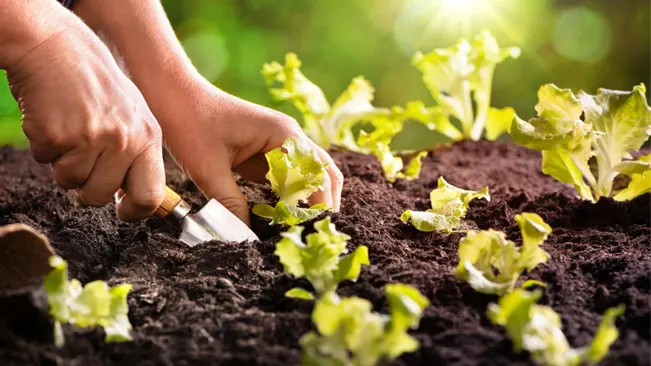
Credit: forestry.com
Feeding Your Plants
Thriving vegetable gardens start with healthy soil and proper nutrition. Feeding your plants the right way is like serving a gourmet meal to your family. Ready to see your veggies flourish? Let’s dive into the best methods to nourish them.
Natural Fertilizers
Natural fertilizers are a boon for your garden. They slowly release nutrients, improving soil health over time. See the wonders they can do:
- Compost: A rich source of organic matter.
- Manure: Filled with nitrogen, it gives plants a boost.
- Bone meal: A powerhouse for phosphorus.
- Blood meal: An excellent nitrogen supplement.
Apply them to your garden and watch your veggies grow strong and vibrant!
Recognizing Nutrient Deficiencies
Nutrient deficiencies can stunt your vegetable garden’s growth. Spot signs early with these tips:
| Nutrient | Signs of Deficiency | Action Plan |
|---|---|---|
| Nitrogen | Yellow leaves, slow growth | Add coffee grounds or manure |
| Phosphorus | Small fruits, dark green foliage | Use bone meal or rock phosphate |
| Potassium | Brown edges, wilted tips | Try wood ash or kelp meal |
Correctly identifying these signs ensures your veggies get exactly what they need to thrive.
Dealing With Pests And Problems
Gardening vegetables brings freshness to your plate and joy to your soul. Yet, it’s not without challenges. Pests and diseases can turn your gardening dreams into struggles. Luckily, you can win this battle with knowledge and the right techniques.
Organic Pest Control
Organic methods keep your veggies safe and your garden eco-friendly. Here’s how:
- Natural predators like ladybugs love eating harmful pests.
- Neem oil acts as a powerful, natural insecticide.
- Diatomaceous earth helps control crawling insects without chemicals.
Companion planting also works wonders. Plant marigolds to repel beetles or garlic to drive away aphids.
Preventing Common Diseases
To shield your plants from diseases:
- Choose disease-resistant seeds or plants.
- Rotate crops yearly to prevent soil-borne diseases.
- Water properly, focusing on roots, to avoid wetting the leaves.
- Space plants for air flow and to reduce fungal risks.
Regular inspection of your vegetable garden is key. Spot issues early and act fast to keep your plants healthy.
Harvesting And Storing
Gardening vegetables rewards you with fresh produce. Harvesting and storing your bounty properly ensures you enjoy your vegetables longer. Learn when to pick and how to store your garden treasures.
Picking At Peak Ripeness
Knowing the right time to harvest is key to capturing the best flavor. Look for vibrant colors and a firm feel. Gentle tugging is the best approach to avoid harming the plant or its future produce. Here are signs for popular vegetables:
- Tomatoes: Bright color, slight give when squeezed
- Carrots: Rich color at the soil surface
- Peppers: Firm texture, deep color
- Lettuce: Full leaves before they harden
Storage Tips For Freshness
After picking your vegetables, proper storage is crucial. Most vegetables keep best in a cool, dark place. Here are some tips:
| Vegetable | Storage Location | Duration |
|---|---|---|
| Tomatoes | Countertop | Up to 1 week |
| Carrots | Refrigerator | 2-4 weeks |
| Peppers | Refrigerator | 1-2 weeks |
| Lettuce | Refrigerator | Up to 1 week |
To maintain humidity, use plastic bags or containers. For root vegetables, a cool cellar or basement can preserve them for months. Ensure good air circulation to prevent spoilage.
Extending Your Growing Season
Gardeners always seek ways to get the most from their vegetable gardens. A longer growing season means more fresh produce. With smart strategies, it’s possible to enjoy your harvest well beyond the usual months. Let’s explore how to push the boundaries of your gardening calendar.
Using Greenhouses And Cloches
Greenhouses let you control the environment. They keep plants warm and safe from frost. Cloches, or bell jars, are mini greenhouses. They cover individual plants or rows. Both methods trap heat from the sun, making it cozy for your veggies. This is great for early or late in the season.
- Types of Greenhouses:
- Freestanding
- Lean-to
- Cold frame
- Using Cloches:
- Place over seedlings
- Protect from cool nights
- Remove during warm days
Season Extension Techniques
Other techniques can keep your garden productive beyond the typical season. Here are several you can try:
| Technique | Benefits |
|---|---|
| Mulching | Keeps soil warm, reduces weeds |
| Row Covers | Shields plants, retains heat |
| Cold-Hardy Varieties | Grow plants that tolerate cold |
Remember to water carefully. Plants need less when days are short. Also, pick varieties that grow quickly. They can beat frost. Start seeds indoors to get ahead. This gives seedlings a jump on the season.
Sustainability In Vegetable Gardening
Sustainability in Vegetable Gardening focuses on practices that preserve the environment. Gardeners aim to grow healthy food while reducing their carbon footprint. Eco-friendly gardening includes using less water and nurturing the soil. It creates a system that benefits both plants and ecosystems.
Water Conservation Practices
Gardens need water, but too much can waste resources and harm plants. Methods to save water include:
- Drip irrigation: This delivers water slowly to plant roots. It cuts down on the amount wasted.
- Rainwater harvesting: Collecting rainwater reduces reliance on municipal supplies.
- Mulching: A layer of mulch keeps soil moist longer. This means less watering.
Choosing plants that require less water is also smart. Examples are tomatoes and peppers. These techniques save money and help the planet.
Creating A Permaculture Garden
Permaculture gardens work with nature, not against it. They include:
| Permaculture Principle | Benefit |
|---|---|
| Plant Diversity | Creates a strong ecosystem |
| Edible Perennials | Less replanting each year |
| Natural Pest Control | Uses predators, not chemicals |
Design gardens to mimic natural patterns. For example, plant tall sunflowers to provide shade for lettuce. You can also include fruit trees for height and variety. These practices make gardens productive and eco-friendly.
Community And Urban Gardening
Community and Urban Gardening breathes life into city landscapes, transforming underused spaces into lush, green plots. City dwellers unite, fostering not just plants, but also strong community bonds. This movement makes growing fresh, healthy vegetables possible, even in the heart of a bustling metropolis.
Sharing Spaces And Harvests
Community gardens serve as vibrant hubs where neighbors come together to cultivate food. These shared plots often employ rotating schedules to ensure everyone gets a chance to pitch in. The results?
- Increased biodiversity as a variety of plants thrive together
- Fresher, healthier produce for community members
- A sense of collective achievement after a fruitful harvest
Gardeners might come for the vegetables but stay for the irreplaceable sense of camaraderie.
Vertical Gardening For Small Spaces
What if the ground space is scarce? Vertical gardening ascends as the savvy solution, inviting nature upward. Using structures like trellises and shelving, gardeners can grow upward rather than outward. The benefits are clear:
| Pros of Vertical Gardening |
|---|
| Maximizes limited spaces |
| Less bending and stooping, easier on the back |
| Reduces pests and plant diseases |
| Brings vibrant greenery to concrete landscapes |
Cities burst with untapped vertical potential, and clever use of this space yields a verdant oasis.
Reflecting On Your Harvest
As the gardening season winds down, Reflecting on Your Harvest becomes a crucial step. This is the time to look back, learn, and plan for an even more bountiful future. Gathering insights from the past growing season helps in honing your gardening skills.
Record Keeping And Adjusting Plans
Gardeners know, record-keeping is vital. You’ve watched your vegetables grow from seed to harvest. Now, assess your results. Documenting what worked and what didn’t can transform your gardening practice.
Create a simple table or grab a notebook. Include:
- Plant varieties: Note which thrived.
- Yield amounts: Record how much you harvested.
- Weather patterns: Observe how they affected growth.
- Pest problems: Mark what invaded and what helped.
With this data, adjust your gardening plans for next season. Maybe a different vegetable variety or a new planting location? Change creates better harvests.
Celebrating Your Gardening Success
Every harvest is an achievement. Did you grow a tomato, a radish, or a cucumber? Celebrate it! It’s more than just the produce; it’s the skill, care, and effort you’ve invested. Share the joy with friends or family with a garden-to-table meal. Showcase your successes:
- Dish out fresh salads with your veggies.
- Host a canning party for your surplus.
- Create a photo album of your garden progress.
Reflecting and rejoicing in garden wins prepares you for next year. Start planning your next garden adventure with confidence and excitement!
Frequently Asked Questions For Gardening Vegetables
What Is The Easiest Vegetable To Grow?
Radishes are the easiest vegetable to grow, with a fast growth cycle and simple care requirements.
What Is The Best Garden For A Beginner?
A beginner’s best garden is a small, simple vegetable garden. Start with easy-to-grow plants like tomatoes, basil, or lettuce. Choose a sunny spot, use quality soil, and maintain regular watering. This ensures a manageable, rewarding introduction to gardening.
What Vegetables Should You Grow In Your Garden?
Select vegetables based on climate, space, and taste preferences. Popular options include tomatoes, peppers, carrots, leafy greens, and cucumbers. Choose hardy varieties for best success.
When Should I Start My Vegetable Garden?
Start your vegetable garden after the last frost date for your region, typically in early spring. Adjust based on your climate zone and specific crop requirements.
Conclusion
Embracing the joys of vegetable gardening reaps rewards beyond the harvest. Short days spent in the soil yield long-term health and culinary delights. Let your plot be a canvas; your care, the brush strokes. Start small, dream big, and watch as your garden flourishes.
Here’s to green thumbs and full plates!
